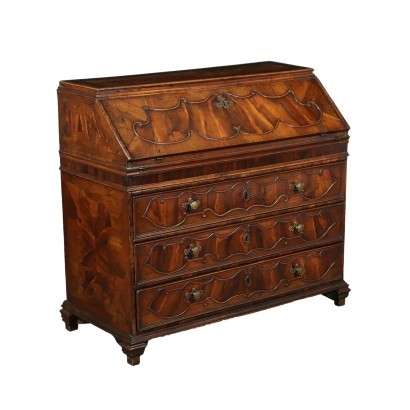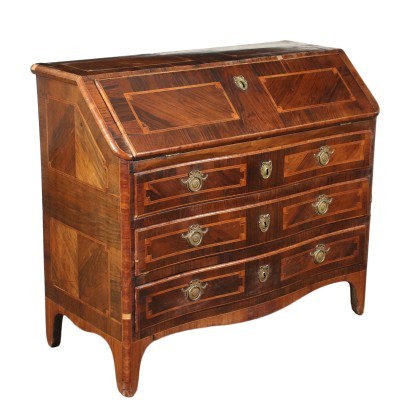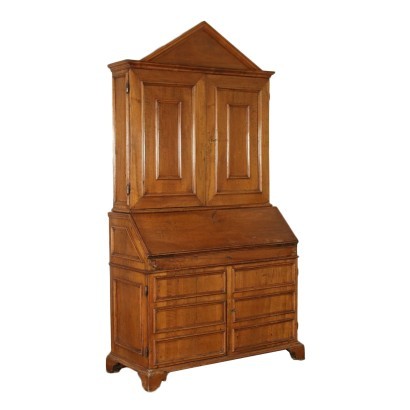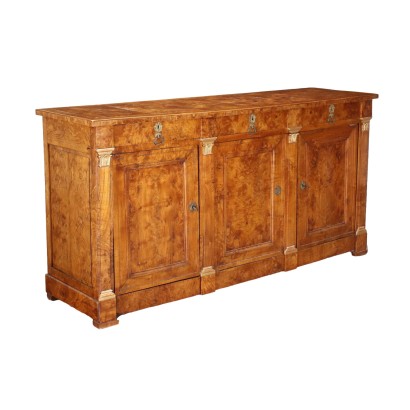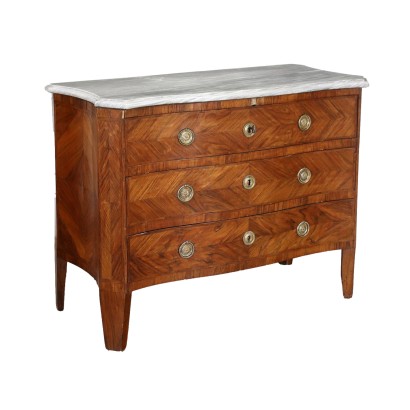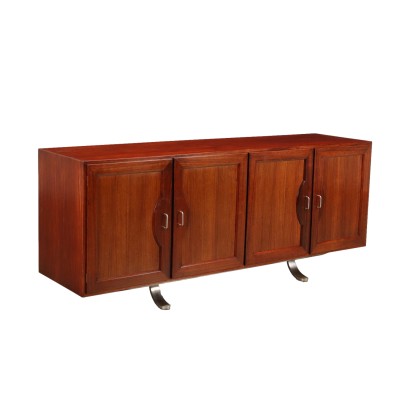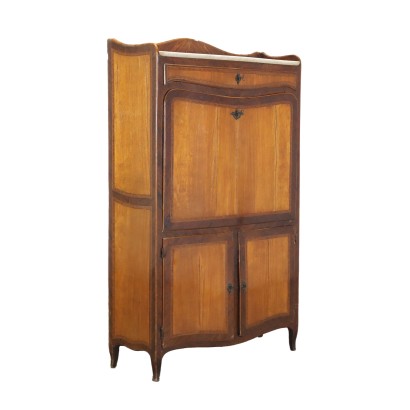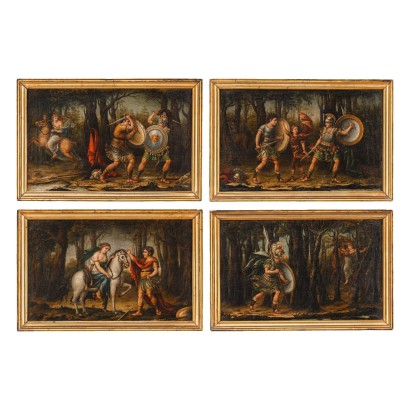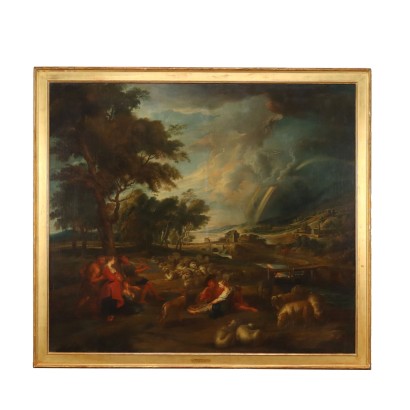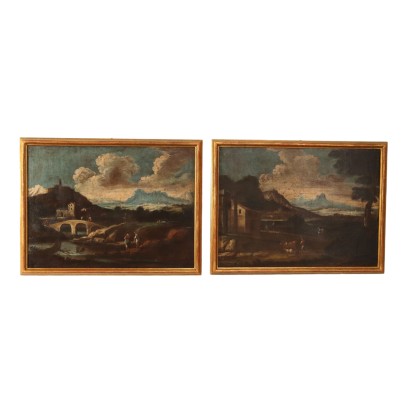Lombard Barocchetto Drop-Leaf Secretaire Italy 18th Century
Features
Style: Barocchetto (1720-1770)
Age: 18th Century / 1701 - 1800
Origin: Lombardia, Italy
Material: Bronze , Walnut Burl
Description
Lombard Baroque drop-leaf secretaire supported by characteristic vase-shaped feet; it has 3 drawers surmounted by a folding door that hides a cabinet with drawers and a central compartment; the top can be opened and hides a secret compartment. Walnut, it is adorned with characteristic shaped frames that enclose conifer reserves; the chains and the half-turn frame on the front are in walnut burl. Pine interiors; the bronze handles are antique.
Product Condition:
The item shows signs of wear due to age. Any damage or loss is displayed as completely as possible in the pictures. It may require restoration and recovery of french polish.
Dimensions (cm):
Height: 112
Width: 122
Depth: 58
Certificate issued by: Enrico Sala, expert
Additional Information
Style: Barocchetto (1720-1770)
With this term we designate, for what specifically relates to furniture, a part of the production carried out in Italy in the period of time between the Rococo era and the first phase of neoclassicism.It is characterized by the formal and decorative structure still rigidly adhering to the dictates dear to the Baroque period (hence the term baroque) and to the Louis XIV fashions and yet the new times are captured in the adoption of smaller volumes, more decorative modules. elegant, often directly inspired by French fashion, but always executed with rigorous principles of ornamental symmetry.
The tendency to assimilate formal and volumetric novelties but not to incorporate their ornamental elaboration finds natural explanation in Italy in the fact that in this century the great aristocracy experienced an unstoppable political and economic decline.
If in the previous century there was a great profusion of furnishings destined to adorn newly built homes, to proudly show the power of the client family, in the eighteenth century they rather take care to update the building with only the furniture strictly necessary for the new needs imposed by fashion or functional needs.
The old scenographic apparatus is maintained and the new must not contrast too much.
Find out more about the Barocchetto with our insights:
Classic Monday: discovering Barocchetto
Classic Monday: between Baroque and Barocchetto
Classic Monday elegant and unusual with two Barocchetto balustrades
FineArt: Pair of Barocchetto chairs, Venice
Emilian canterano first quarter XVIII century, first Barocchetto
Ribalta a urn, Milan mid-18th



